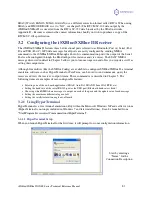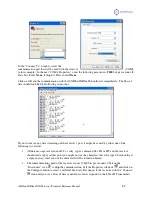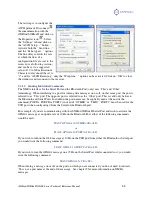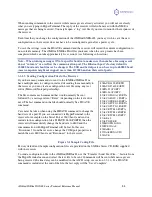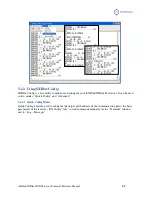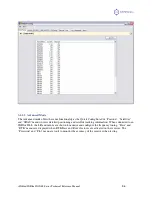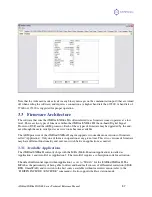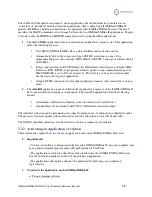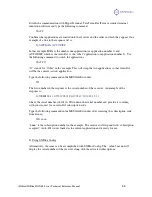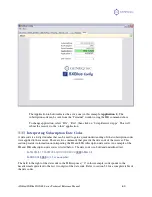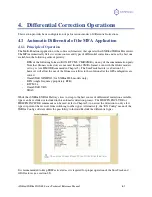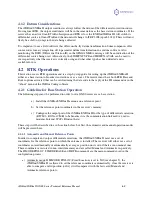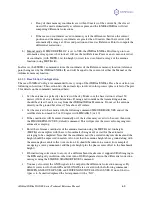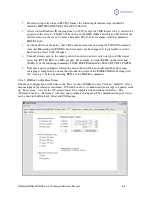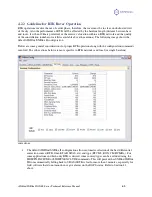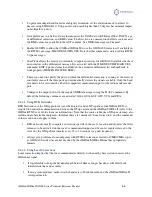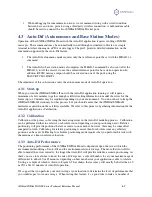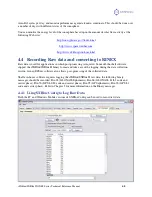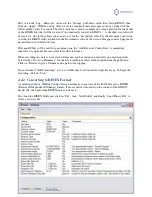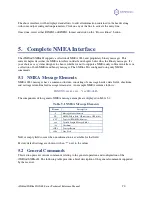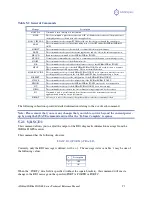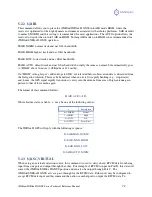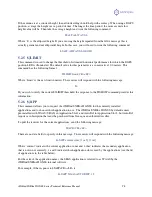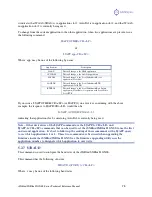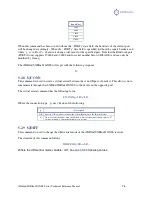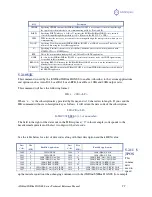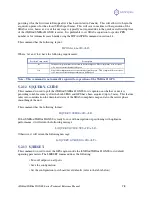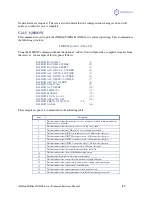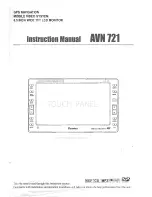
iSXblue/SXBlue II GNSS Series Technical Reference Manual
65
4.2.2
Guideline for RTK Rover Operation
RTK operations involve the use of carrier phase, therefore, the rover must be in clear, unobstructed view
of the sky. Also the performance of RTK will be affected by the baseline length (distance between base
and rover, less than 20km is preferred) or the receiver’s location within an RTK network and the quality
of the constellation (number of satellites available above the antenna). The following image shows the
default iSXBlue/SXBlue II configuration
Below are some general considerations for proper RTK operation along with the configuration commands
involved. The sub-sections below are more specific to RTK networks and local (or single baseline)
corrections.
•
The default iSXBlue/SXBlue II configuration allows automatic selection of the best differential
correction source (RTK, OmniSTAR, SBAS, etc) and type (RTCM3, ROX, CMR/CMR+). For
some applications in which only RTK is desired, some sources/types can be excluded using the
$JDIFFX,INCLUDE or $JDIFFX,EXCLUDE commands. This will prevent the iSXBlue/SXBlue
II from automatically falling back to SBAS if RTK is lost for more than 3 minutes, especially for
field software that do not monitor nor give alarms on the DGPS status. Refer to Section 4.1
above.

